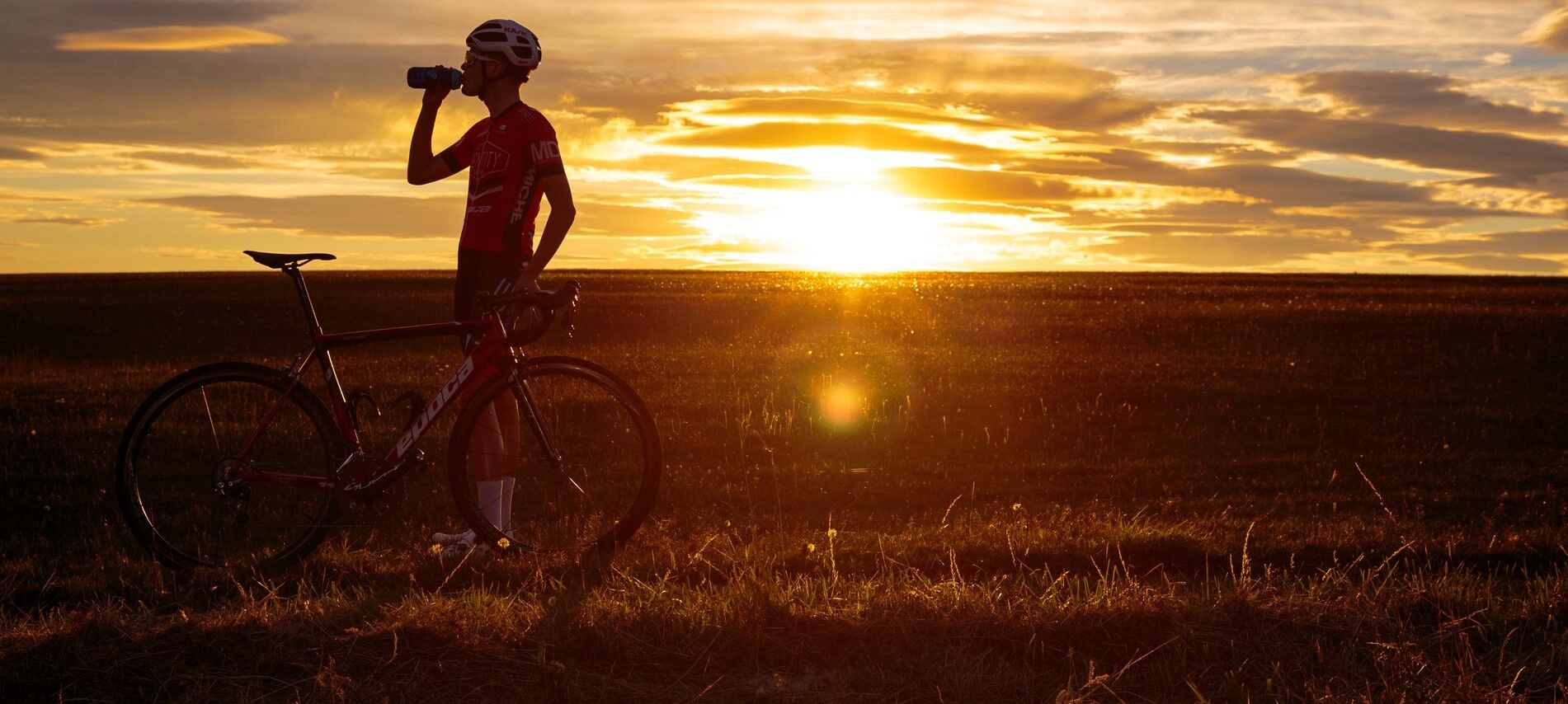
Advice for New Cyclists: Essential Tips for Getting into Road Cycling
Always fancied trying out road cycling but don’t know where to start? We have you covered. Whether you already enjoy an occasional ride or you’re a fully seasoned bike commuter, road cycling is a great hobby that everyone can do at their own pace. It has tons of benefits too, both mental and physical… Cycling is healthy, fun and a low-impact form of exercise for people of all ages. Easy to fit into your weekly routine, it gives you the chance to get outdoors, explore and enjoy nature to the full. And now the weather is starting to pick up, it's the perfect way to soak up the sunshine and get some fresh air. Studies even show that it can reduce stress and lift your spirits, so why not give it a go? Road cycling allows you to cover greater distances, work on your fitness and, when you’re ready, you can track and share your performance on Strava to work towards challenging goals! But first, you have to get started... So, forget about average speeds for now (getting faster will happen naturally the more you ride) and let us walk you through our road cycling tips for beginners, so that you’re equipped with the essentials for your first miles in the saddle!
Cycling advice for beginners: how to choose your first road bike
When it comes to choosing what road bike to invest in, there's a few factors to keep in mind. Budget is obviously a major one, so have a think about what you're happy to spend and from the outset consider how committed to cycling you're going to be. If you know that you’re a fair-weather rider, there's a risk your bike will spend a lot of time in your garage given the rainy UK climate, so perhaps stick to the lower end of the scale with an entry level bike. If you're feeling motivated though and have the budget, a mid-range bike is a great choice for beginners – it'll come with features that'll make cycling a little more performance focused (lightweight aluminum frame, drop or curled handlebars, cranksets and gearing). Buying tip: as a newbie to road cycling and riding up steep hills, you will want a triple or compact crankset to make your rides more agreeable from the get-go. Investing in a good bike that's comfortable, practical and hindrance-free will no doubt influence the amount of enjoyment you get out of your rides!
The next major thing to consider is how exactly you intend to cycle. If leisurely rides through green spaces and impressive landscapes are what you have in mind, then narrow your choices down to models that prioritise comfort. In this case, touring bikes are what you want to be eying up! Ideally, you want a round and generously padded saddle, as well as aluminium wheels which are more efficient at absorbing shocks! If, however, your idea of road cycling is centered on speed and performance, then the type of model you should be looking to purchase is an endurance road bike or a sportive bike. These models are ideal if you're determined to challenge yourself and ride new terrain! They often feature lightweight carbon frames, helping you glide along at speed! The most important thing when searching for a sportive is to ensure that the bike will be kind to your body and help you adopt a comfortable posture, since you'll need to be able to maintain the same position – perched ache-free over your bike's front wheel – throughout your long escapades. The best way to know if it's the right bike for you is to simply sit on it and try!
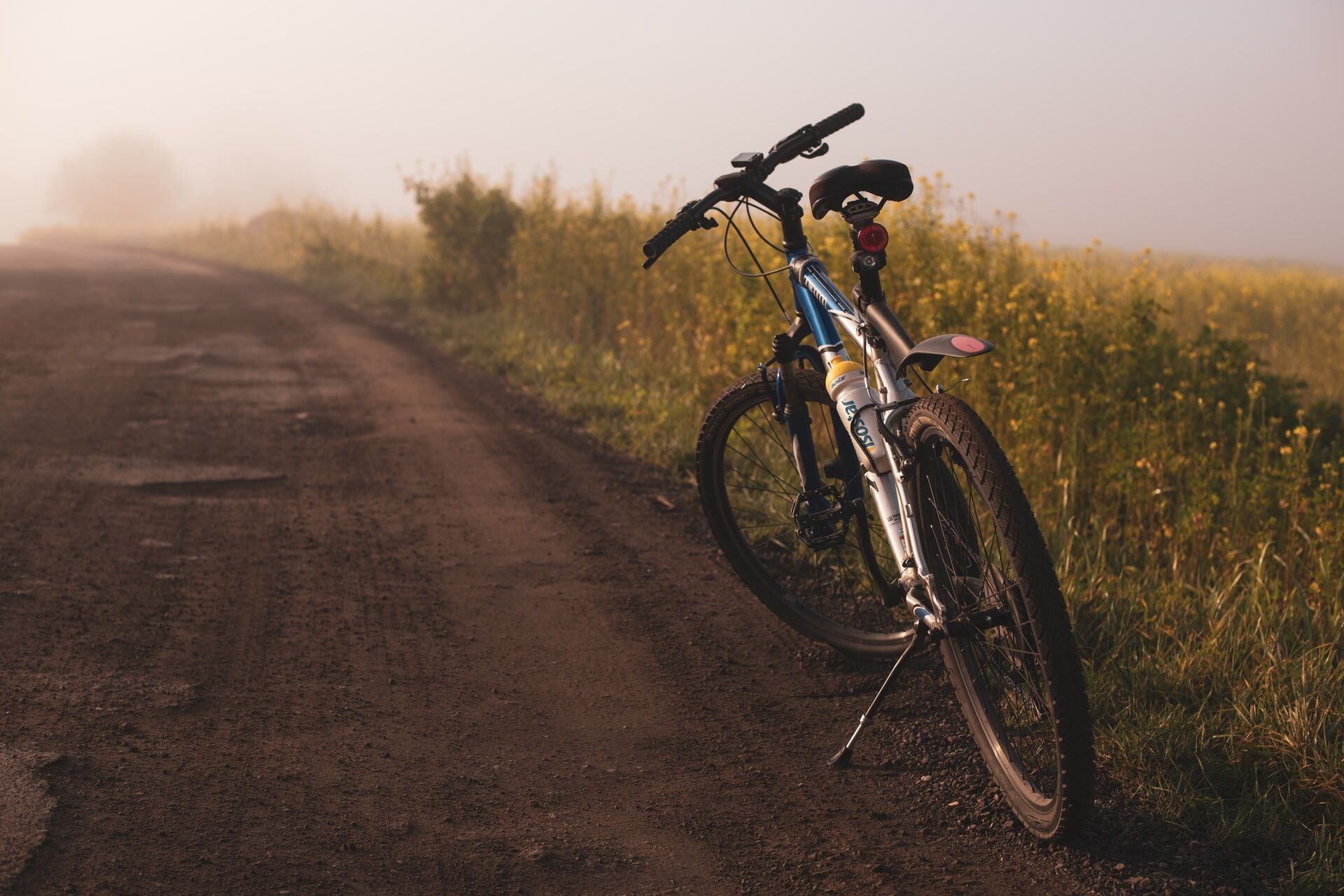
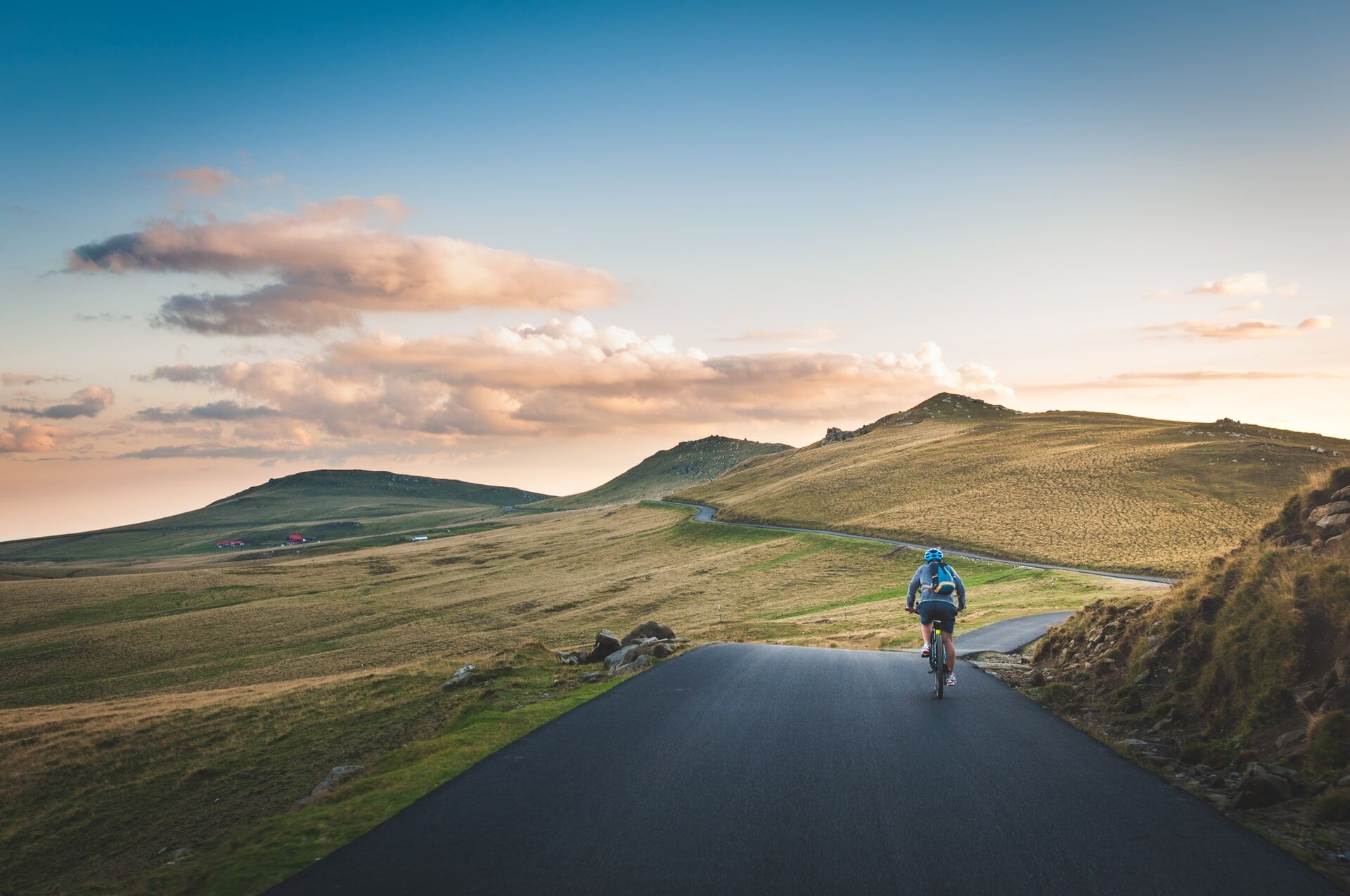
Look like a pro: start with the basics and get your bike gear sorted
Having the right cycling gear is key to a comfortable and enjoyable ride. Ultimately, you need an outfit that's specifically adapted to biking, and one that ensures protection from head to toe. First off, a cycling helmet is non-negotiable! It'll keep you well protected should you suffer a fall or accident, and is a vital piece of safeguarding equipment. In addition to all that, it also increases your aerodynamism. If you've got a need for speed, then a helmet will help you reach new personal bests! Weather dependent, you may well want to place a wooly hat or even a baseball cap beneath your helmet and, in the same vein, you may want to throw on a waterproof windbreaker too. Next up in terms of essential equipment are cycling glasses – these will not only reduce glare from the sun, but they'll protect your eyes from wind, cold air, dust, road spray and insects too. While glasses specifically designed for cycling guarantee greater protection, if you've not got a pair to hand there's no harm in making do with standard sunglasses – some eye protection is better than none! A cycling top and a pair or cycling shorts are other must-have biking basics. You'll just want to make sure that the sleeves and leg length of your activewear is well adapted to the weather. It's not rocket science, but in cold climes you want to ensure you're well covered, so it may even be preferable to forgo the shorts and opt for cycling leggings instead. Next, while amateurs can get away with just wearing trainers, nothing beats purpose-built cycling shoes for strong performance. These are designed to have a certain rigidity that more efficiently transfers power from your limbs to the pedals, and often feature clips to attach your feet to the pedals, almost assimilating the two in order to facilitate more 'automatic' peddling. Other essential equipment that you'll want to have in your closet includes cycling socks (which offer protection from nettles, branches etc.) and gloves (which not only keep your hands from getting cold but offer a more solid grip of the handlebars). Additional accessories to keep within easy reach include a water bottle and backpack, and you may even want to consider splurging on one or two pieces of hi-vis clothing so you feel safe heading out in twilight hours.
The benefits of proper cycling gear are two-fold. Practically speaking, the right clothing and accessories will protect your body (particularly in bad weather), aid your performance and ultimately make your life easier when you're on the road. Secondly, looking good and feeling good can have a huge impact on your psyche and motivation levels; if you're mentally prepared for the challenge ahead, you're destined to better rise to it physically too. On top of that, for new riders, investing in the appropriate gear is a great way to coax yourself into getting into a committed cycling routine. For similar content and further cycling style advice, feel free to consult our guide on what clothes to wear for cycling!
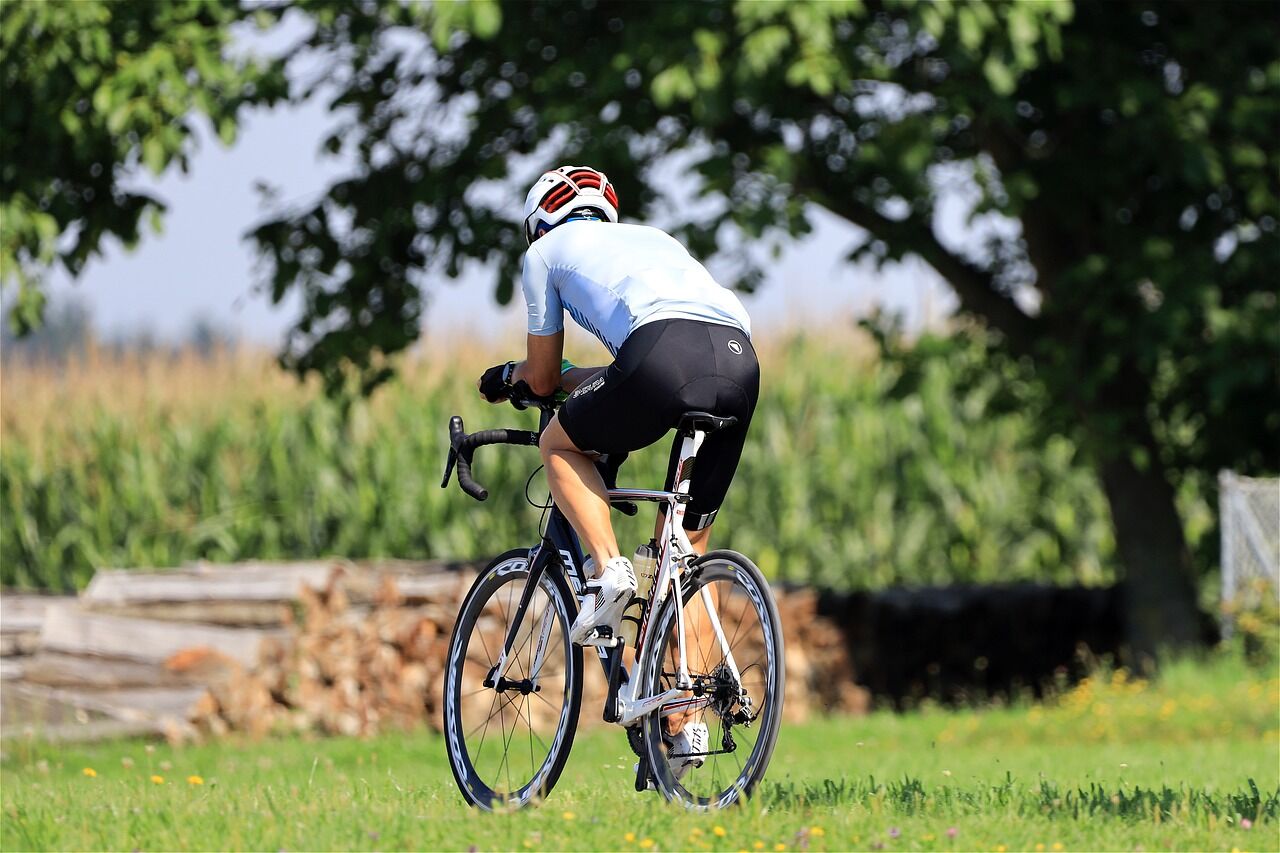
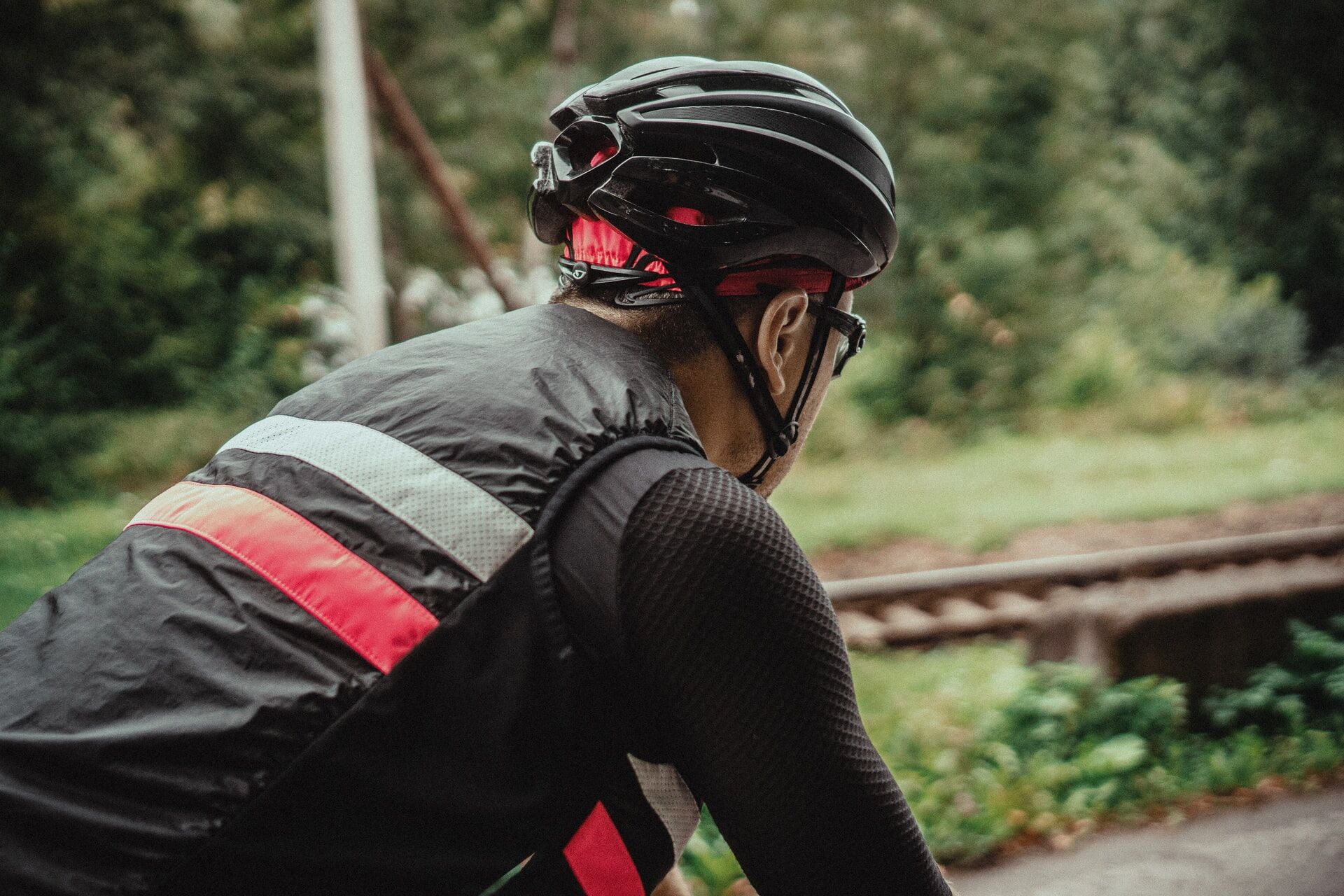
Cycle training and performance tips: the best ways to cycle, from setting off in a group to going it alone
If you're new to road cycling, something you'll also want to consider is whether you want to join a cycling club or simply embark on solo adventures. The positive motivational effects of cycling with a group are not to be ignored! However, cycling with other people also has the advantage of enabling you to form a peloton (a pack of riders) which itself brings many benefits. Riding in the wake of others means those at the back of the formation are encouraged to keep up. It also means that they’re able to conserve energy – shielded by their companions, they encounter less air resistance, so they don’t have to exert themselves as much. Of course, in a peloton, the ranks of cyclists rotate, but ultimately riding in a group provides optimum conditions for increased endurance – you’ll be able to cycle for longer and cover more distance. If you're looking for an inroad into the cycling world, why not join an amateur group or club? This structured environment will help you train better and up your skills more quickly. Plus, receiving encouragement and know-how from other people will bring your performance on leaps and bounds.
On the other hand, while riding solo necessitates disciplined self-motivation, it's beauty lies in the fact that you are completely free to ride where you want, when you want, and how you want! That being said, we'd still encourage you to plan your itinerary in advance, mapping out your route and taking care to avoid busy roads with speeding cars. Nowadays, there are a wealth of apps that can help you with this – they’ll guide your path, track your distance, calculate the number of calories burned and even record your personal bests. If, despite going it alone, you’re keen to work hard on your performance, then it may well be worth following a strict training programme to keep yourself on track. Exercising is liberating and sometimes exerting yourself independently is the best way to clear your mind and achieve your fitness goals. When it's just you, your bike and the long winding road, there's nothing to distract you or impede your progress.

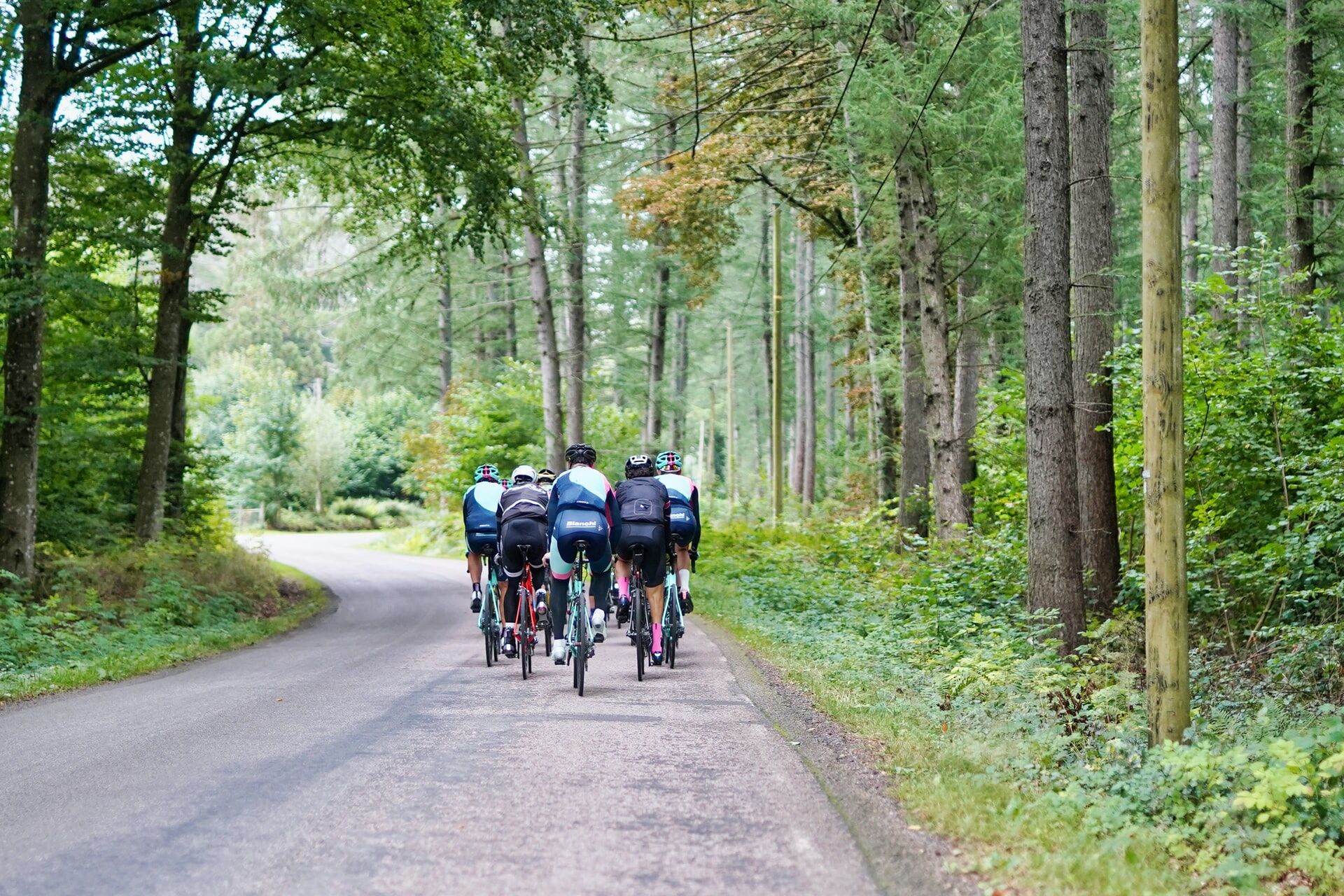
The long road: how far to cycle as a beginner and how to get better at bike riding
When you're first getting into cycling, you want to take it a little easy to begin with. There’s no hard or fast rule about how far a novice should be riding – so take the time to find your rhythm and see what suits your body and stamina. After all, everyone is different! Saying that, a distance of 10 to 15 miles is fairly feasible for cycling newbies, and a speed of 8 miles (or 12km) per hour is a good, realistic beginner's target. These figures are just rough estimates though, as your cadence (pedaling rate) can be impacted by an array of variables, like the terrain you're cycling on, the incline, your bike model, your personal level of fitness and the great British weather! It's important to acknowledge that cycling is a long-term sport, so set your sights on the end goal rather than over-focusing on your first few rides. It's a given that the distance you cover and the speed at which you travel will increase over time as you become more practiced.
However, for the competitive rider, desperate to excel, there are a few things you can do to actively get better at bike riding. One way to improve is to up the frequency of your bike rides. If you hit the road a couple of times a week, you're naturally going to progress quicker. Just be sure to incorporate rest days into your routine too – as a beginner, you still want to take it somewhat steadily. Another way to master cycling is to ride harder for longer. Progress requires that you push yourself from time to time, so increase the intensity every now and then to build up your stamina. You can also boost your cardiovascular fitness by tackling hills. While you may dread inclines, they are actually a great way to get fitter and stronger, so don’t avoid them! Other ways to become increasingly skilled at cycling include setting yourself challenging but achievable goals, and even just giving your bike a general health check. Something as simple as adjusting the height of your saddle could optimise your comfort and enable you to pedal like a pro!


Time to get peddling!
So, there it is, all the vital information you need to saddle up and get going! Hopefully everything we’ve said has proven that cycling is a fantastic form of fitness – good for the body, mind and soul. The joy of outdoor sports is that they let you do something you love in a wide-open space – you get to experience an endorphin rush while surrounded and distracted by stunning scenery. Road cycling is a great way to get in shape, and it can simultaneously transport you miles from home, letting you discover the hidden beauty of the British countryside. Since the UK is overflowing with well-designed cycle paths, this exciting sport could be your ticket to exploring wonderful locations, like Scotland's Lochs or Wales' National Parks. With all of our top tips in mind, get your cycling shorts, tops and shoes at the ready, grab your bike and go!